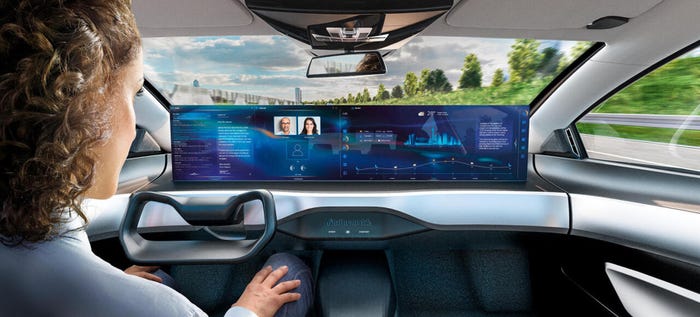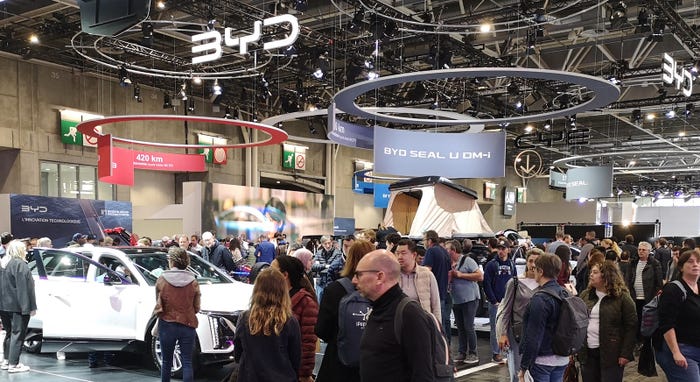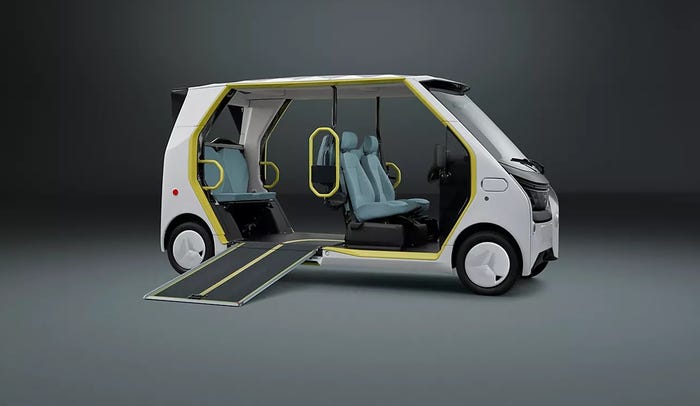Stellantis Promises ICE Versions of BEVs Where There's Demand
Automaker's CFO sings praises of its multi-energy platform strategy meeting consumer demand amid BEV slowdown.

Stellantis is willing to pump out internal-combustion-engine powertrain versions of any of its battery-electric vehicles if there is consumer demand.
Presenting its first-quarter shipments and revenues results, group CFO Natalie Knight says while some models, such as the upcoming Jeep Wagoneer S, may initially be offered as a BEV, they could be released later as a gas hybrid or even a pure ICE powertrain model if there is a clear demand for that in the market.
She says this is thanks to the group’s product strategy to build the new models on multi-energy platforms which allow the automaker to react to market trends. Knight says: “So, the majority of our products are either ICE vehicles or intended to utilize those multi-energy platforms that we have. This is a great opportunity for us, compared to our peers, having the multi-energy platforms for all of our products in development and having the agility to move between them.”
Knight says the automaker wants to tread the line between providing what the consumer wants and sending a clear message to the broader market that it is committed to energy transition, pointing out that of Stellantis' 25 new-vehicle launches this year, 18 will start out as BEVs.
She adds: “We are very open to how we can address the consumer needs. So, the 25 products this year isn’t just about ‘How can we expand BEV products into other offerings?’ It is definitely reflecting all the things that we planned for this year. Things like our Pro Master that’s coming out in the U.S. in the second quarter, the full van lineup in Europe in the second quarter, the heavy-duty pickups that are coming out in the fourth quarter in the 2500 and 3500 from Ram, so it’s definitely something we think about holistically. But I don’t want to ignore the fact that we want to stay close to the consumer, and if we see there’s an opportunity with those models that we introduced as a BEV first, we’ll look at that.
“Our goal is to put ourselves in the position where, on the one hand, we can show the market that we know where things are moving and we’re committed very much to the EV market but, on the other hand, we have the flexibility to go and grow where the consumer demand is.”
The strategy already is showing some success with the automaker taking the top spot in the U.S. for sales of plug-in hybrid powertrain vehicles.
However, in a frankly lackluster Q1 revenues record, the group saw net revenues of €41.7 billion ($44.7 billion), a slump of 12% compared with the same period in 2023. It blames this mainly on volume, model mix and foreign exchange headwinds, partly offset by "firm net pricing." It shipped 1.335 million units, down 10%, reflecting production processes and inventory management preparing for new product in the second half of 2024 compared with strong shipments in 2023 to build inventory following a prolonged period of supply constraints.
That said, there was sales growth in certain markets with a 23% hike year-on-year in the Middle East and Africa markets and Europe up 6%. The North American market saw a 79% rise in plug-in hybrid powertrain vehicle sales with Jeep Wrangler, Jeep Grand Cherokee and Dodge Hornet being the three best-selling PHEVs in the U.S.
About the Author
You May Also Like



.jpg?width=700&auto=webp&quality=80&disable=upscale)

